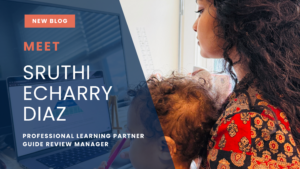Rivet Education has been making a solid footprint in the education industry through its partnerships with state and local agencies to scale the implementation of high-quality instructional materials (HQIM), its Professional Learning Partner Guide (PLPG), and the first-ever one-stop shop for planning and executing curriculum-based professional learning (CBPL). With so much they’ve accomplished, it was time to understand more about the path that led co-founders Annie Morrison and Litsy Witkowski to where they are today and where they see Rivet’s impact in the future.
How did you become passionate about education before your career?
AM: My passion for education started early because of my mom’s teaching career. However, when I thought about my own career, I went straight for PR and advertising. After spending a few years using my degree in advertising, a family member asked me to start a nonprofit that would support our local school system. It was a big transition, but I found a new home in education, and I couldn’t see myself in any other field now.
LW: I was fortunate to grow up in a household that emphasized the value of education, and that belief was reinforced by the opportunity to attend strong public K–12 schools and a great university. I saw education as an equalizer, and I wanted to be a part of ensuring more students had the opportunities they deserved. So after graduation, I began teaching seventh-grade math and science through Teach For America (TFA), a non-profit placing recent college grads in underperforming schools. Working with my students and seeing their growth further fueled my passion for education.
What were some of your objectives in Louisiana that created change for state education?
AM: Louisiana Believes was a multi-year strategy that LDOE implemented in 2012. We had an incredible leader, John White, who always put teachers and kids first. He is a visionary, and his plan allowed us to give kids in Louisiana (usually a bottom-ranked school system) the same opportunity as other kids in the country. We had four priorities that included (1) access to quality early childhood education (2) academic alignment in every school and classroom (3) teacher and leader preparation, and (4) pathways to college or a career. Everything we created was in service to these four areas.
LW: So much of our work in Louisiana was about building focus and coherence. I think if those of us in education who work outside of the classroom were really honest, we’d have to admit that many of the initiatives we focus on don’t directly impact the quality of teaching and learning in classrooms. At the LDOE, we focused on initiatives, like high-quality instructional materials (HQIM), that we had good reason to believe would improve the content with which students engaged every day, how students engage with that content, and the teachers’ skill in ensuring students master that content. We also sought ways to build coherence (and eliminate incoherence) among our initiatives and were hyper-focused on making the right choice, the easy choice.
What made you decide to go from Louisiana to building your own company?
AM: After only a couple of years of implementing Louisiana Believes, Louisiana started to receive national recognition for the changes happening in student achievement across the state. In 2019, Louisiana achieved nation-leading outcomes in the National Assessment of Educational Progress, considered the nation’s report card. It was then that we knew our work was making a difference for teachers and kids, and other states started to take notice. As more and more states started asking for help, we knew we could make an even bigger impact on K-12 education at the national level. So, Rivet Education was born.
LW: At the LDOE, we developed a set of change levers that can positively impact student outcomes, especially for students of color. We saw the role SEAs can play in supporting and incentivizing positive change while still respecting local control. We created Rivet to help state agencies embrace their role as change agents, specifically in curriculum adoption and implementation. Plus, Annie and I really liked each other, worked well together, and shared the same passion for making real change.
Tell us how different groups can partner with you to create change in their own state.
LW: At Rivet, we believe that HQIM and curriculum-based professional learning are building blocks of strong teaching and learning. Rivet helps state and school system leaders ensure teachers have access to both. For the past few years, we have been primarily working with SEAs to scale the adoption and implementation of HQIM. We advise them on the change levers they can implement to incentivize this work with their local school systems. Our Professional Learning Partner Guide is one of the ways that SEAs can define and point to quality PL providers.
AM: It’s people who are working within the K-12 system (classrooms, schools, districts, agencies) who have the heavy lifting to do. Implementing HQIM successfully is hard work. And far too many of the tools out there in the market are too complex actually to bring about change in schools and systems. We aim to create simple and practical tools that LEAs and regional service centers can use to successfully implement HQIM so that teachers receive the support they want and need. This is why we created RivetCONNECT to serve as a one-stop shop to address implementation challenges.
What are some of the biggest strides you’ve seen in education since partnering with state agencies and districts?
AM: It is rewarding to see states adopting the Professional Learning Partner Guide and incentivizing their districts to partner with one of the 49 certified providers featured in it. As I said earlier, implementing HQIM is hard work. And things can go off the rails quickly. The places where we see HQIM have the biggest traction are in states where the SEA is incentivizing their school systems to use HQIM and partner with one of the providers in the PLPG to support implementation. These providers know where the implementation roadblocks are, and they are helping districts navigate them proactively, which accelerates change and ultimately leads to positive results for teachers and students.
LW: Although I do not believe that HQIM and curriculum-based professional learning solve all the world’s problems, we do know that they provide a strong foundation for teaching and learning that provides students with the opportunities they deserve. Therefore, we’re encouraged to see the growth in supply and demand for HQIM nationwide. I hope the recent emphasis on the science of reading will accelerate that. But as Annie said, there’s much more work to help educators skillfully implement HQIM. For example, switching from a curriculum like Fountas & Pinnell to one that reflects the science of reading, like CKLA, is hard. They use fundamentally different approaches. Teachers deserve support to help them navigate what will inevitably be a bumpy but rewarding road.
You’ve gained a lot of traction in just a short amount of time. Where do you go from here?
LW: In the past three years, we have made big strides to establish ourselves as the headquarters for curriculum-based professional learning. We’ve seen a lot of growth in our product and service offerings, our team, and our impact on the market. At the end of the day, we will keep working hard to scale the use of HQIM and CBPL to ensure that all students can work on great content daily.
AM: One of our strategic priorities over the next three years is to increase the quality of locally provided CBPL. This means helping LEAs create professional learning systems that facilitate quality, in-house CBPL, and building the capacity of regional support centers to support their districts in curriculum implementation. We are excited about the work we have been doing with ESUs in Nebraska and RECs in New Mexico and are excited to expand our support into other states over the next three years.





